Greetings, all Mysteryblock Reviews readers! I am proud to announce in this post that we will be making a series of “builds” posts. These posts will be complete PC builds, all designed for gaming. Each build will be different from one another in various ways; for example, one build can be a budget build with the ability to run a specific game and another build can be a very expensive, high-tier build just for most of us to fantasize over. I feel these builds will give a lot of you a basic idea of what kinds of computers you can make. Of course, all of them, regardless of budget, are designed with gaming in mind.
Also, most of the PC builds we will be making assume that you already have some basic computing essentials, such as a mouse, keyboard, an audio output, an operating system, and a computer display (like this one). However, there are exceptions in which we will recommend a fitting accessory (like which monitor goes well with a certain budget desktop, etc).
Lastly, these posts are not intended to teach you how to put the parts together. It is fairly simple to understand and do and there are hundreds of tutorials online that already show how to put together PC hardware. In some cases I will put a small tutorial of how to piece a build together, but for the most part, I will not. I will, however, get into detail of how the computer performs as a whole, which parts are integral, the capabilities and expectations of the PC, and other important information regarding the build.
I truly hope you all enjoy and get the most out of these posts. As with everything on the site, if you have a comment or question, do feel free to use the comment system or contact page to get in touch. I am usually available and am absolutely willing to help anyone that is engaging in this fantastic hobby.
Mini-ITX Gaming Computer
Today’s build is a mini-ITX computer build, designed with budget and size being the main focuses. I wanted to target a computer that does not cost as much as the other computers we have listed, and also is not a super bulky machine. All of this needs to happen while also maintaining the capability to play some decent video games. One important note about this build is that you should not expect to play any of this year’s releases on any notable video quality except for perhaps the lowest settings. I have not done any benchmarking on this particular PC recently, but am aware that it runs Minecraft perfectly (average of ~70 frames per second on regular settings), which means it matches well as a beginning desktop for children or even a regular starting desktop for gamers that are just getting into the field of PC gaming.
Processor and Motherboard (AMD A10-7850K and ASRock FM2A78M)
To start out, our motherboard is the ASRock FM2A78M Mini-ITX. ASRock is a company I know makes very good motherboards and while FM2A78M Mini-ITX does not have anything in particular that I liked or preferred over other motherboards, I selected it because it fits our case, is budget-oriented, and matches our CPU, the AMD A10.
Now, there are a few versions of this specific processing unit, like the A10-7870K, A10-7850K, A10-7700K, or the A10-5800K. Each model generally decreases in performance the lower down the line you get, but it also gets cheaper.
I would recommend going with the AMD A10-7850K just because there is a fine balance between price and performance. The A10-7870K is a slightly faster CPU, but it also costs just a bit more. I would not suggest going into the lower-tier ones like the 5800K, simply because this build does not have its own dedicated video card, meaning your gaming performance depends that much more on the processor and its built-in video.
Video card
For our graphics card, we opted for a simple GTX 970. We didn’t have to buy this one fortunately, since we already had it stored on a different computer. The 970 has been around for years. You could probably pick it up cheap used, or it is frequently on sale from the big online retailers like Newegg. Do read our GTX 1060 vs GTX 970 comparison here if you’re interested at all.
Memory (G.Skill Ripjaws Series 2 x 4GB)

Our RAM consists of a pair of G.Skill’s Ripjaws Series 4GB sticks. It is at 2400 speed, which is pretty fast for DDR3 memory. Because we are running on an integrated graphics card within the A10-7850K, it is important for the build to run on fast RAM. This makes it better for the system to be running games as the rapid transferring of files between the harddrive (which we will get into in a moment) and random-access memory becomes a bit faster with the DDR3-2400 speed.
I also am quite fond of the heatsink coloring of these sticks. It gives a nice little flair to the system.
Storage (Sandisk PLUS 240GB SSD)
For storage, rather than going with a traditional hard drive, I went for a solid state drive in this computer. The SSD makes it quicker to open files and programs, so if this build is a gift for a younger person, opening games will generally be a quicker process, or if this build is for you, opening up media, files, and games should also be faster than what a hard drive can bring.
The SSD I selected was the Sandisk PLUS 240GB 2.5″ solid state drive. 240GB should be enough to hold a lot of media and video games, but keep in mind it will run out of space quickly if you download frequently. With that said, I would still prefer the speed of the solid state drive over a cheaper, more expansive hard drive in this specific situation.
Power Supply (Fractal Design Integra M 450W)
For our power supply, we will go with the Fractal Integra M 450W ATX supply. This is a semi-modular supply, stays quiet, fits snugly in the case, is compact, and is pretty inexpensive when compared to other supplies.
Case (Fractal Core 500 Mini ITX Case)
This is the mini-ITX case we will be putting all the hardware in. There are a lot of expansion potential here, plenty of room even for a small, size-focused case, it has support for watercooling (which we have not done in this build, but is definitely possible later down the road).
Performance
As a budget computer, this mini-ITX build still needs to run games, especially if it is going as a gift to younger children. With the processor, fast RAM, and speedy solid state drive, this desktop is able to run Minecraft amazingly (as mentioned, around 70 frames a second) on the default settings. I bumped it up to include all the additional graphical settings such as a wider field of view and advanced world rendering, and the frames per second was still at a healthy 30-35 average.
Other games went well, too. Games like Team Fortress 2 and Left 4 Dead 2 were fun to play and worked smoothly. I would not expect the PC to run more graphically intensive games, though I have not tried to do so.
Well, that was our very first build. We will continue to make builds that vary in budget and purpose, so do stay tuned as well as subscribe to our blog via email using the toolbar on the right.



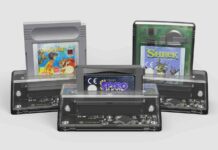






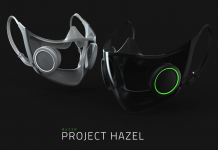
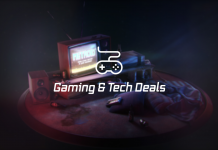
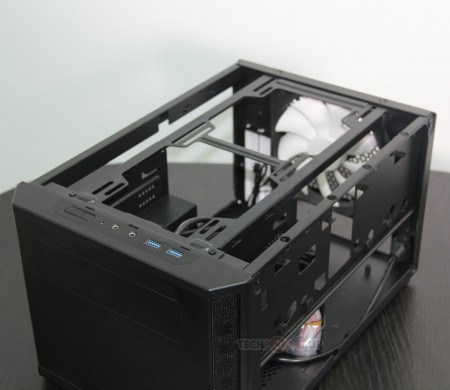


![[How To] Play Call of Duty Modern Warfare 2 Spec Ops LAN Online Using Tunngle How to Play Call of Duty Modern Warfare 2 Spec Ops LAN](https://mysteryblock.com/wp-content/uploads/2013/07/How-to-Modern-Warfare-150x150.jpg)
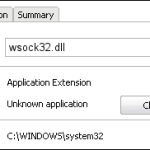
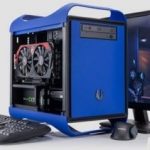





![[How To] Play Call of Duty Modern Warfare 2 Spec Ops LAN Online Using Tunngle How to Play Call of Duty Modern Warfare 2 Spec Ops LAN](https://mysteryblock.com/wp-content/uploads/2013/07/How-to-Modern-Warfare-100x70.jpg)